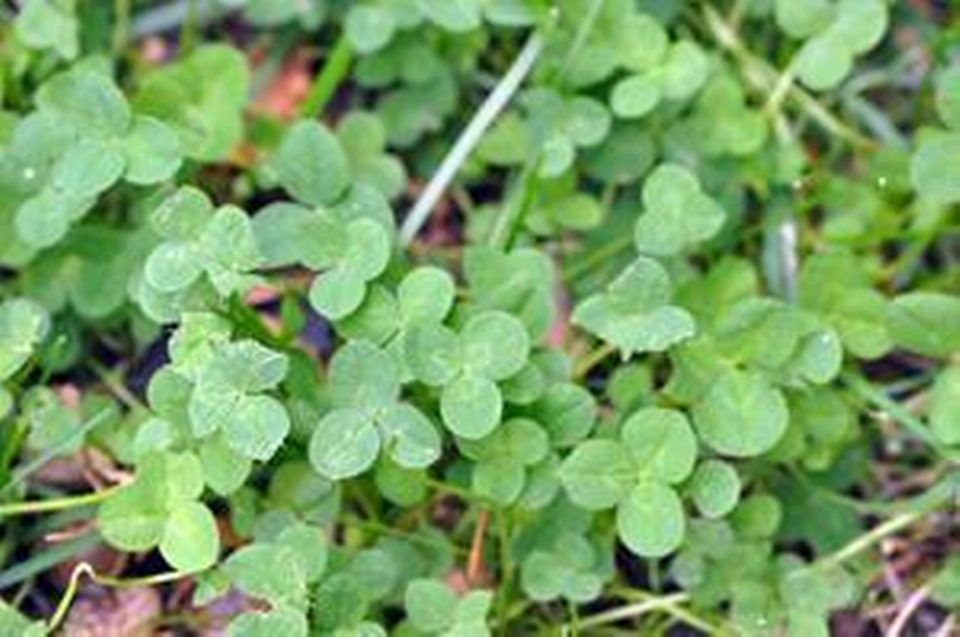In Texas, is clover better than grass? Here are pros & cons of this lawn alternative.
Seeding clover as a lawn alternative became a popular trend on TikTok in 2022 for drought-friendly and heat-tolerant landscaping.
A clover lawn, known for being a low-maintenance alternative to grass, is made up of just clover or a mix with grass. Clover does especially well in regions like Texas that have mild winters and dry summers, experts say.
“Up until WWII, many people used it to cover their landscapes. It absorbs nitrogen from the air and feeds it to the lawn, reducing the amount of fertilizer you need. It also holds up well in a drought and attracts bees and other beneficial insects,” wrote Alexia Jones, a landscaping company owner, in a blog post for the Austin-based turfgrass producer The Grass Outlet.
But before you add a touch of clover to your turf, see what landscaping professionals have to say about the pros and cons of clover lawns in Texas.
Advantages of a clover lawn in Texas
Because clover is a legume, it’s highly beneficial to the soil, grass and nearby plants, and you won’t need to boost it with fertilizer, according to marthastewart.com.
Clover lawns don’t need to be mowed very often.
Clover lawns require little watering and can endure full sun to partial shade, according to gomow.com.
You likely already grow some clover in your grass, which promotes biodiversity and encourages pollinators.
Clover turf will likely remain green during hot, dry summer months.
Clover is inexpensive, costing about $4 per 4,000 square feet, according to Dengarden, a website for home and garden enthusiasts.
Disadvantages of a clover lawn
Clover lawns don’t wear evenly when there’s heavy foot traffic.
Clover attracts bees. So if you have a family member with an allergy, you should avoid planting a clover lawn.
Clover turf needs regular reseeding every two to three years.
Clovers stain clothing more easily than regular grass.
Clover can grow from 1 to 3 feet tall, and it may be an issue to have flowering plants that height in the middle of your lawn, says the Lady Bird Johnson Wildflower Center.
How to plant a clover lawn
Clover is best seeded in early spring, but it can also be seeded in the fall, per Dengarden. The most common clover for lawns is the white clover, with three-part leaves and pinkish white flowers.
GoMow, which provides lawn mowing and lawn care services in Texas, breaks down how to grow a clover lawn:
Ready the lawn soil: Mow your lawn to the ground and clean it out to prepare for seeding.
Inspect and treat soil: Using a soil testing kit, test the dirt, then treat as needed.
Seed with clover: Spread clover seed mixed with sand all over the area.
Spread it around: Use a rake to mix the seeds with soil.
Keep it hydrated: Introduce daily light watering for the next 10 to 14 days.
To best maintain your newly grown clover lawn, avoid using a nitrogen-based fertilizer, mow lightly and infrequently, and avoid using weed killers.
For species-specific instructions, visit Texas A&M’s clover planting guide.


